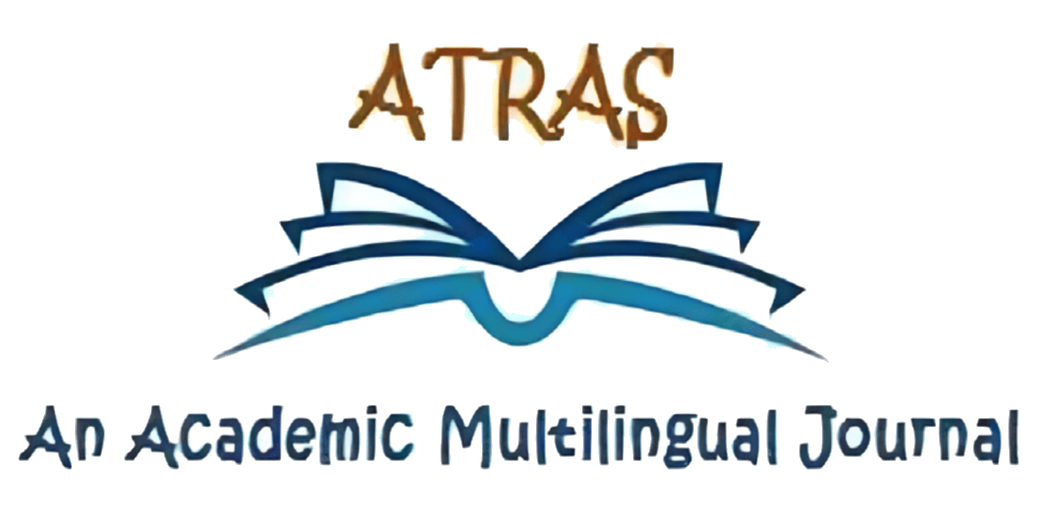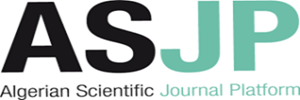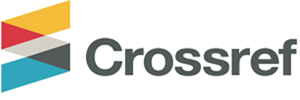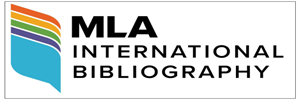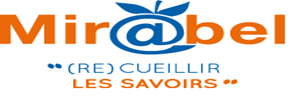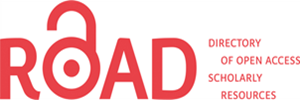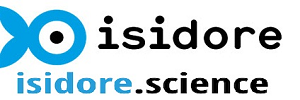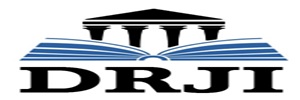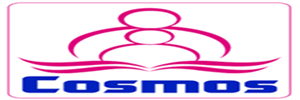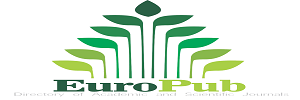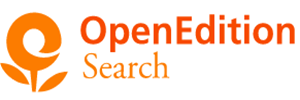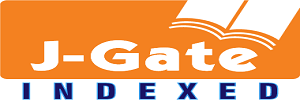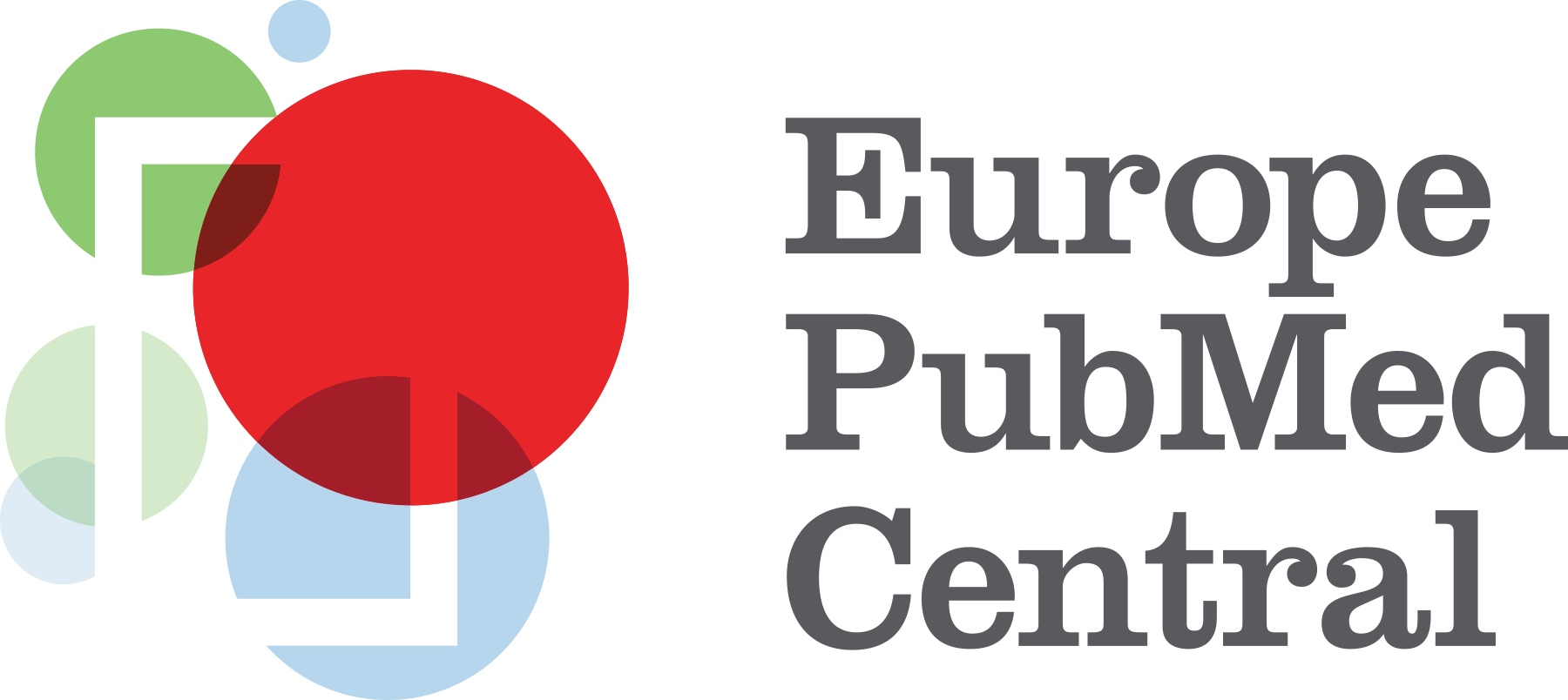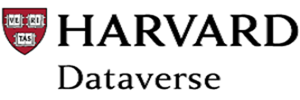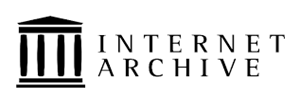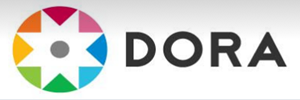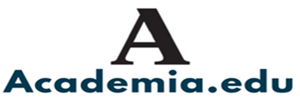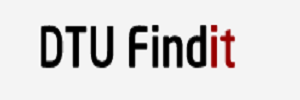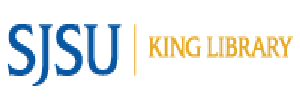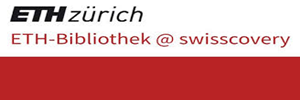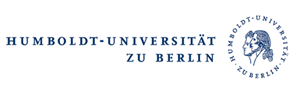Title: Politicizing the Soil: A Study on Indigenous Land Rights, Activism and Art in Canada
Debkanya Banerjee
Department of Comparative Literature
Jadavpur University, Kolkata, India
Abstract:
This paper attempts to analyse the nature of Indigenous land rights in Canada and how they survived and changed after the British Crown acquired sovereignty over the land. Though this analysis is historical it shall remain incomplete without understanding its present state and the role of the United Nations in safeguarding the rights of the Aboriginal people. This paper will elaborate on the concept of reconciliation and its various forms. The second section of this paper will thoroughly explore the incidents of the Oka Crisis. I will bring to the forefront the background information that led to the crisis, how it affected the Indigenous people and the role of contemporary media in framing the events. Lee Maracle’s novel Bobbi Lee: Indian Rebel and Beth Cuthand’s poem Post-Oka Kinda Woman will show how the Oka Crisis reassesses the conventional role of women in any kind of activism. The third section of this paper will emphasize films and visual arts that were inspired by the events at Oka. A comparative study of Alanis Obomsawin’s film Kanehsatake:270 Years of Resistance, Tracey Deer’s film BEANS, and Thomas Deer’s illustrations shall foreground the relevance of the Oka Crisis today and why it should be considered a landmark political issue in the history of Indigenous land rights movement in Canada. The paper will conclude by engaging in a discussion on the current socio-political relationship of the Indigenous people with the Canadian Government and identify the loopholes in the current governmental reconciliatory approach.
Keywords:
Films, illustrations, Indigenous Activism, Land rights, Oka Crisis, Reconciliation
How to Cite this Paper:
Banerjee, D. (2022). Politicizing the Soil: A Study on Indigenous Land Rights, Activism and Art in Canada. Atras Journal, 3(2), 78-89
References
Alfred, T., & Jeff, C. (2005). Being Indigenous: Resurgence against Contemporary Colonialism. Government and Opposition, 40(4), 597-614.
Asch, M., Borrows, J., & Tully, J. (2018). Resurgence and Reconciliation: Indigenous-Settler Relations and Earth Teachings. University of Toronto Press.
Baker, R. (2020, February 25). A Who’s Who in the Wet’suwet’en Pipeline Conflict. CBC News. Available at https://www.cbc.ca/news/canada/british-columbia/wetsuweten-whos-who-guide- 1.5471898
Borrows, J. (2005). Crown and Aboriginal Occupations of Land: A History and Comparison. Ipperwash Inquiry. Retrieved from http://www.attorneygeneral.jus.gov.on.ca/inquiries/ipperwash/policy_part/research/pdf/History_of_Occupations _Borrows.pdf
Borrows, J. (2011). Canada’s Indigenous Constitution. Toronto, University of Toronto
Centre for Governance and Innovation. (2018, November 9). How UNDRIP Changes Canada’s Relationship with Indigenous Peoples (video). YouTube. https://www.youtube.com/watch?v=-Tq7Mnlavqs
Chief-Morris, Joy S. S. (2020). Indigenous Land Claims and Reconciliation: The Importance of Land and Relationship Between Indigenous Nations and Government of Canada. The University of Western Ontario.
Cornellier, B. (2012). The Thing About Obomsawin’s Indianness: Indigenous Reality and the Burden of Education at the National Film Board of Canada. Revue Canadienne d’Études Cinématographiques / Canadian Journal of Film Studies, 21( 2), 2–26. Available at http://www.jstor.org/stable/24411792
Cunneen, C. (2017). Visual Power and Sovereignty: Indigenous Art and Colonialism. Retrieved from https://www.researchgate.net/publication/322112771_Visual_Power_and_Sovereignty_Indigenous_Art_and_Colonialism
Cuthand, B. (2013, August 9). Post-Oka Kinda Woman. Michael Dennis Poetry. Available at http://michaeldennispoet.blogspot.com/2013/08/voices-in-waterfall-beth-cuthand.html
Deer, T. (2020). BEANS. Film Script. Mongrel Media. Retrieved from https://s3.amazonaws.com/cdn.filmtrackonline.com/mongrelmedia/starcm_vault_root/media%2Fpublicwebassets%2FBEANS+Final+Mongrel+Press+Kit+with+Awards_%7Ba7b05499-dfeb-ea11-a9c9-0edcbcd33718%7D.pdf
Deer, T. T. (2020, September 26). CBC News. Available at https://www.cbc.ca/news/indigenous/oka-crisis-anniversary-posters-1.5737387
Fitzgerald, O., & Schwartz, R. (2017). UNDRIP Implementation: Braiding
Hanson, E. (2010). UN Declaration on the Rights of Indigenous People. Indigenous Foundations. Available at https://indigenousfoundations.arts.ubc.ca/un_declaration_on_the_rights_of_indigenous_peoples/
Henderson, J., & Wakeham, P. (2009). Colonial Reckoning, National Reconciliation? Aboriginal Peoples and the Culture of Redress in Canada. English Studies in Canada, 35(1), 1–26.
International Governance Innovation.
International, Domestic and Indigenous Laws: Special Report. Ontario: Centre for
Lackenbauer, P. W. (2008). Carrying the Burden of Peace: The Mohawks, the Canadian forces and the Oka Crisis. Journal of Military and Strategic Studies, 10. Available at https://www.semanticscholar.org/paper/Carrying-the-Burden-of-Peace%3A-The-Mohawks%2C-the-and-Lackenbauer/eae4afbdcca7a8dcff89a3a46b3e140049ca9435
Little Bear, L. (2012). Traditional Knowledge and Humanities: A Perspective by a Blackfoot. Journal of Chinese Philosophy, 39(4), 518–527.
Maracle, L. (1950) Bobbi Lee: Indian Rebel. Toronto: Women’s Press.
Metraux, J. (2021). How the Media Framed the Oka Crisis as Terrorism? JSTOR Daily, Arts and Culture. Available at https://daily.jstor.org/how-the-media-framed-the-oka-crisis-as-terrorism/
Miller, J.R. (2009). Compact, Contract, Covenant, Aboriginal Treaty-Making in Canada. University of Toronto Press.
Mohawk warrior staring down a Canadian soldier during the 1990 Oka Crisis in Quebec. (2010). Flickr. Available at https://www.flickr.com/photos/51477498@N04
on Human Rights and Democracy. New York: Routledge.
Press.
United Nations Declaration on the Rights of Indigenous People. (2018). United Nations.
Wiebelhaus-Brahm, Eric. (2010). Truth Commissions and Transitional Societies: The Impact

Copyright for all articles published in ATRAS belongs to the author. The authors also grant permission to the publisher to publish, reproduce, distribute, and transmit the articles. ATRAS publishes accepted papers under the Creative Commons Attribution-NonCommercial 4.0 International (CC BY-NC 4.0) License. Authors submitting papers for publication in ATRAS agree to apply the CC BY-NC 4.0 license to their work. For non-commercial purposes, anyone may copy, redistribute material, remix, transform, and construct material in any media or format, provided that the terms of the license are observed and the original source is properly cited.
